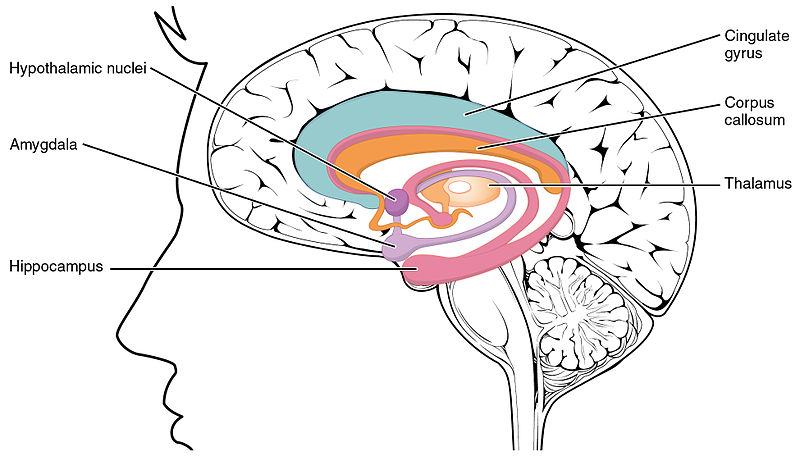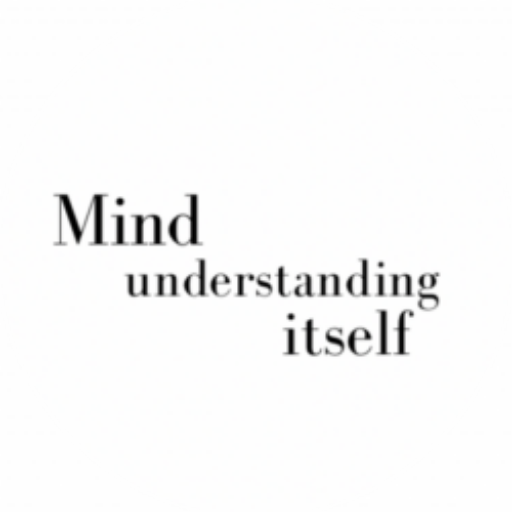Emotions in the Brain
Where do emotions arise in the brain? How do we notice our emotions? How does the brain process regulate and resolve emotions?
Let’s look at the journey of an emotion in the brain: its birth and death.
- An emotion arises in the brain
- The emotion is noticed
- This does not always happen emotions can exist without being noticed, but once noticed, they influence how they are processed.
- The emotion is processed
- The emotion is resolved
1. An emotion arises somewhere in the brain
Different emotions arise from different brain regions. For example,
Fear arises in the amygdala (Figure 1)
Sadness/ disgust in the insula
Pleasure arises in the nucleus accumbens
2. The emotion is noticed
- The insula helps you feel the emotion in your body.
- e.g., heart racing in fear, warmth in happiness.
- In social anxiety disorder, insula was shown to be more active.
- The prefrontal cortex (PFC) labels and interprets the emotion.
- e.g., “I am scared because I think I saw a snake.”.
- Subjects with brain lesions in this region were found to have difficulties managing emotions.
- The anterior cingulate cortex (ACC) helps decide whether to keep or ignore the emotion
- e.g., staying calm or letting fear take over.
3. The emotion is processed
- The PFC evaluates whether the emotion is important.
- e.g., “Is it really a snake or was I mistaken?”
- The ACC notices if there is an emotional conflict.
- e.g., feeling scared but also excited.
- The hippocampus connects the emotion to past experiences.
- e.g., something about snakes you heard on the news
4. The emotion is resolved
- The PFC decides how to act on the emotion.
- e.g., “I thought I saw a snake, but it is a branch. There is no real threat, we can keep walking.”
- The ACC helps regulate emotions. It can amplify or suppress emotions.
- For example, it can send a signal to the amygdala to lower the intensity of fear upon the information it received from PFC.
- The hippocampus stores it all as memory in order to use it in the future.

What happens when we have more than one emotion at the same time?
Coming up next!
See you soon,
Aysegul
References
Etkin, A., Egner, T., & Kalisch, R. (2010). Emotional processing in anterior cingulate and medial prefrontal cortex. Trends in Cognitive Sciences, 15(2), 85–93. https://doi.org/10.1016/j.tics.2010.11.004
Feinstein, J. S., Adolphs, R., Damasio, A., & Tranel, D. (2010). The human amygdala and the induction and experience of fear. Current Biology, 21(1), 34–38. https://doi.org/10.1016/j.cub.2010.11.042
Jiang, J., Ferguson, M. A., Grafman, J., Cohen, A. L., & Fox, M. D. (2023). A Lesion-Derived brain network for emotion regulation. Biological Psychiatry, 94(8), 640–649. https://doi.org/10.1016/j.biopsych.2023.02.007
Klumpp, H., Post, D., Angstadt, M., Fitzgerald, D. A., & Phan, K. L. (2013). Anterior cingulate cortex and insula response during indirect and direct processing of emotional faces in generalized social anxiety disorder. Biology of Mood & Anxiety Disorders, 3(1). https://doi.org/10.1186/2045-5380-3-7
Phillips, M. L., Drevets, W. C., Rauch, S. L., & Lane, R. (2003). Neurobiology of emotion perception I: the neural basis of normal emotion perception. Biological Psychiatry, 54(5), 504–514. https://doi.org/10.1016/s0006-3223(03)00168-9
Wikimedia Commons (2013). Cross-sectional diagram of the limbic system [Image]. Wikimedia Commons. Retrieved March 17, 2025, from https://commons.wikimedia.org/wiki/File:1511_The_Limbic_Lobe.jpg








One Comment